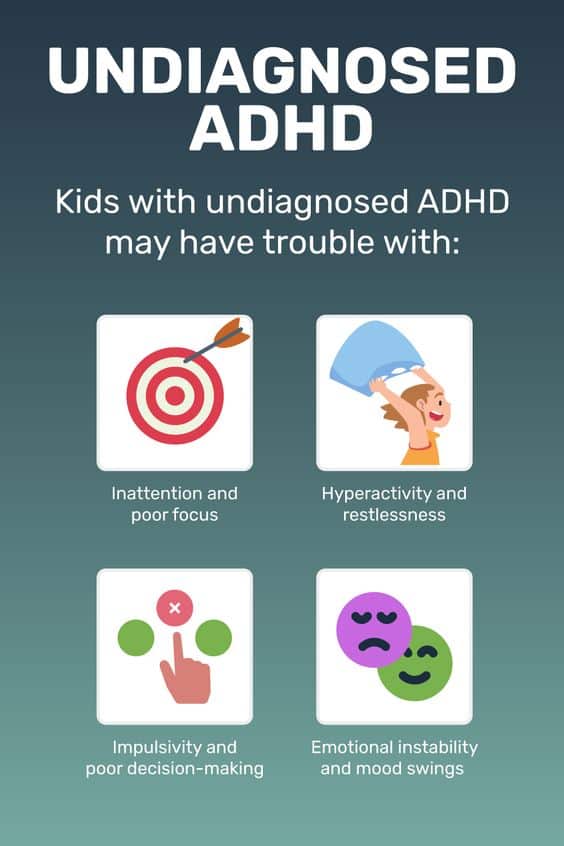ADHD symptoms can vary but often fall into three main categories: inattention, hyperactivity, and impulsivity. Here’s a quick breakdown:
- Inattention signs: Easily distracted, forgetful in daily activities
- Hyperactivity signs: Fidgeting, trouble sitting still
- Impulsivity signs: Interrupting others, difficulty waiting their turn
| Symptom Category |
Examples |
| Inattention |
Daydreaming, losing things often |
| Hyperactivity |
Excessive talking, always “on the go” |
| Impulsivity |
Blurting out answers, making careless decisions |
These symptoms often show up in different settings, like home and school. It’s important to remember that all kids can show these behaviors sometimes, but for kids with ADHD, they’re more frequent and interfere with daily life.
This post was originally published on Feb. 5, 2023. It was updated on Aug. 11, 2024.











